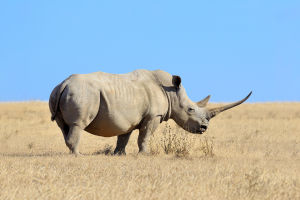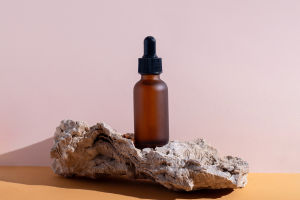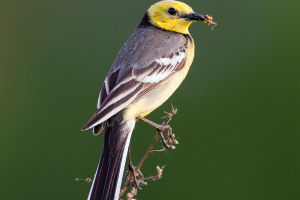In spring, there are rape fields everywhere. Rape fields have also been developed into scenic spots in many areas for people to watch when they are in bloom.It is one of the oldest crops cultivated by humans.
Rapeseed consists of several species of Brassica spp. Its seeds can actually extract oil, hence the name of rapeseed. Along with soybean, sunflower and peanut, it ranks as the world's four major oil crops.
Rapeseed has four petals, neatly surrounding the stamen, with a simple personality. The petals are very delicate, with fine lines, and the stamens in the middle are bent together. It has tough rhizomes, lush leaves, and the simplicity and ruggedness of the farmers who cultivated them.
The planting time of rapeseed is generally from September to November, and the planting time will vary in different regions. To plant rapeseed, it is necessary to choose loose and fertile soil, and the soil needs to be disinfected before planting.
It is also important to select seeds before planting canola. It is necessary to choose healthy, high-yield, and resistant rapeseed seeds, sterilize them and dry them. Then the treated rapeseed seeds are planted in the soil, and then watered appropriately.
Rapeseed flowers need a lot of water during the growth period, especially before and after the flowering period, it is necessary to replenish water in time, and the amount of watering needs to be reduced in the rainy season to avoid soil water accumulation. Rapeseed is a light-loving plant. Insufficient light will affect the flowering and fruiting of the plant. Daily maintenance is required in a place with sufficient light.
During the growth period of rapeseed, a small amount of nitrogen fertilizer can be applied to promote plant growth, and phosphorus and potassium fertilizer can be applied to promote flowering during the flowering period. Note that the fertilization concentration should not be too high, and raw fertilizer cannot be applied. After fertilization, water can be appropriately added to promote nutrient absorption.
Every year when rapeseed flowers bloom, the scenery is beautiful. As an important economic crop, rapeseed has a lot of value.
1. Edible value
Rapeseed flowers are rich in pollen. The oil content of the seeds is 35~50%, which can be used for oil extraction or as feed. In addition, the tender stems and leaves of rapeseed can also be eaten as vegetables. Rapeseed is also the largest edible vegetable oil raw material in China.
2. Medicinal value
The juice made from rape flower is said to have the effect of preventing high blood pressure and anemia in medical treatment.
3. Economic value
Rape is one of the important oil crops, and the oil content of the seeds is 33% to 50%. Since 1995, the annual planting area has been 100 million mu, with an annual output of nearly 10 million tons of rapeseed, accounting for 40% to 45% of the total output of oil crops (excluding soybeans); at the same time, it also produces about 6 million tons of rapeseed cake meal.
In addition to being used to extract edible oil and feed, rapeseed can also be used to make margarine and artificial protein in the food industry. It is also widely used in metallurgy, machinery, rubber, chemical industry, paint, textile, soap making, paper making, leather and medicine, and has important economic value.
4. Ornamental value
Rapeseed flowers have important economic value and ornamental value, and are tourism resources. Rapeseed into the flowering season, the field is golden. The rape flowers are in full bloom, and the pollen is rich in nectar, attracting colorful butterflies and bees to fly among the flowers. The rich floral fragrance is intoxicating, and the beautiful scenery makes people linger.


